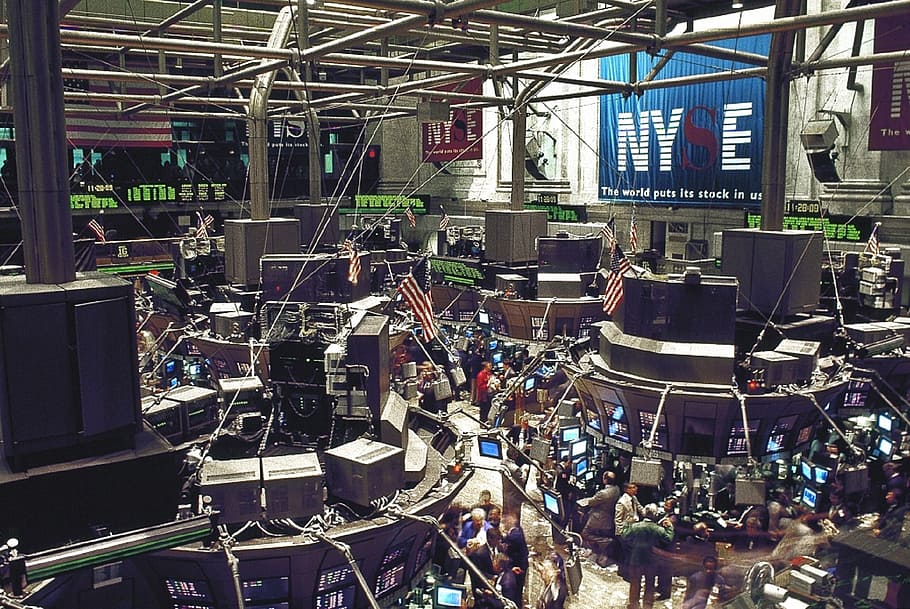What Is High Frequency Algorithmic Trading ?
Author: ChatGPT
February 28, 2023
Introduction
Algorithmic trading high frequency (HFT) is a type of automated trading that uses complex algorithms to rapidly buy and sell stocks, commodities, and other financial instruments. It is a form of quantitative trading that relies on computer programs to make decisions about when to buy and sell assets. HFT has become increasingly popular in recent years due to its ability to quickly identify profitable opportunities in the markets.
HFT algorithms are designed to take advantage of small price movements in the markets. They can be programmed to recognize patterns in the market data and execute trades based on those patterns. For example, an algorithm might be programmed to recognize when a stock has reached a certain price level and then automatically buy or sell it. This type of trading can be extremely profitable if done correctly, but it also carries significant risks due to its speed and complexity.

How Does Algorithmic Trading High Frequency Work?
Algorithmic trading high frequency works by using complex algorithms that analyze market data in real-time and make decisions about when to buy or sell assets. The algorithms are programmed with specific criteria such as price levels, volume levels, or other technical indicators that can help identify profitable opportunities in the markets. Once these criteria are met, the algorithm will automatically execute trades on behalf of the trader.

The speed at which HFT algorithms operate is one of their main advantages over traditional forms of trading. By analyzing large amounts of data quickly, they can identify profitable opportunities before other traders have had time to react. This allows them to take advantage of small price movements that may not be visible on longer time frames.
Advantages & Disadvantages Of Algorithmic Trading High Frequency
The main advantage of algorithmic trading high frequency is its speed and accuracy. By analyzing large amounts of data quickly, HFT algorithms can identify profitable opportunities before other traders have had time to react. This allows them to take advantage of small price movements that may not be visible on longer time frames.
However, there are also some disadvantages associated with HFT algorithms as well. One major disadvantage is the potential for errors due to their complexity and speed. If an algorithm makes a mistake or fails to recognize a pattern correctly, it could lead to significant losses for the trader who is using it. Additionally, HFT algorithms require significant computing power which can be expensive for individual traders who don’t have access to powerful computers or servers with high-speed internet connections.

Finally, HFT algorithms can also create instability in the markets due their ability to rapidly buy and sell large amounts of assets at once which can cause prices to fluctuate wildly in short periods of time. This has led some regulators around the world such as the European Union’s Markets in Financial Instruments Directive (MiFID II)to impose restrictions on HFT activities in order protect investors from potential losses caused by market volatility created by these types of trades.
Conclusion
Algorithmic trading high frequency (HFT) is an automated form of quantitative trading that uses complex algorithms to rapidly buy and sell stocks, commodities, and other financial instruments based on predetermined criteria such as price levels or technical indicators like moving averages or Bollinger Bands® . While it offers many advantages such as speed and accuracy over traditional forms of trading , there are also some risks associated with it such as potential errors due its complexity , expensive computing power requirements ,and potential market instability caused by rapid buying/selling activities . Therefore , it’s important for traders considering using algorithmic trading high frequency strategies understand both its benefits and risks before making any decisions .


How Long Does It Take To Sell Stock And Get Money?
Discover the answer to one of the most frequently asked questions in the world of finance - learn how long it takes to sell stock and receive your earnings.

What Are High Dividend Stocks?
Discover how investing in high dividend stocks can potentially provide a steady income stream and increase your long-term returns in the stock market.

Are Data Science And Machine Learning The Same?
Data science is a field of study that focuses on extracting insights from large amounts of data. It involves using various techniques such as machine learning, natural language processing, statistics, and data mining to analyze data sets and uncover patterns or trends.

Are Remarkable Tablets Worth It?
Are you looking for a device that can replace your notebooks and printed documents? If so, you may have heard of the reMarkable 2 tablet.
